|
It has been a long time since I posted anything, mostly because I've been working flat out on the book. Well, the book is almost done. All the text has been written, the artwork is nearly completed, and Jane has just about finished laying out all the pages. It's hard to believe, but within a week or so, this book will be out of my hands, and not a moment too soon! This butterfly was done for the section on synthetic materials. First, I painted a sheet of medium weight Lutradur yellow, and let it dry. Then I treated it with Bubble Jet Set solution and hung it to dry. When that was fully dry, I ran the sheet of Lutradur through my computer so that a butterfly design printed straight onto it (in this photo, I have printed my dog Jack's image, but the butterfly was done the same way). Because of the stiffness of Lutradur, I didn't have to secure it to freezer paper before printing, it just went through the printer beautifully. Next I layered an orange synthetic organza over the top of the butterfly (I could see the printed design through it). I put a thick orange furnishing fabric underneath. After pinning the layers together, I thread painted the butterfly using a variegated orange/yellow/red thread (more on thread painting in my next post). After the butterfly was thread painted I used a heat gun to distress the organza and Lutradur. You can see the areas within the wings and along the edges that are melted. I will probably mount this on fabric covered foam board so it can be hung.
4 Comments
I had a wonderful private workshop with Kate Crossley last week http://www.katecrossley.com/ She taught me how to do acid etching. We started with a piece of cotton fabric that she had already machine embroidered and corded with polyester threads (which are not affected by the acid). We then layered the embroidered fabric with lots of other fabrics, placing the strips perpendicular to the embroidery on the base. We used cellulose, protein and synthetic fibers. When satisfied with the placement, we pinned the layers together. We then machine embroidered the pieces so the stitches were perpendicular to the first set of stitches using polyester thread. We applied a product called Fiber Etch at random on the layered, embroidered fabric, rubbing the gel into the fibers with the nozzle. Fiber Etch contains sodium bisulphate which eats away cellulose fibers (cotton, linen, rayon), but does not affect synthetics or protein fibers such as silk and wool; this is why polyester thread was used for the stitching. We dried the Fiber Etch gel with a hair dryer (windows open, wearing a mask!), then the piece was placed between two layers of baking parchment and pressed thoroughly, with the iron on a wool setting. The etched areas turned a coffee brown color. We rinsed the fabric under running water, scraping away the etched fibers. This is the result. It looks almost ethereal to me. Acid etching is a really fun technique with unpredictable results. Take a look at Kate's acid etched pieces on her website. She is available to teach workshops on this technique to groups.
In Budapest, I spotted many inspirations for quilt designs. As we strolled through the streets on the Pest side of the Danube, I noticed these stone carvings (above) on a church. Of course they made me think of quilt borders, as did these (below) in the archway of the same church. Across the Danube on the Buda side, we spent some time in the 700-year old Matthias Church, the scene of several coronations, including that of Charles IV in 1916, the last Habsburg king. It is one of the most beautiful churches I've ever seen. The tiled roof was especially appealing. And the interior of the church was covered in colorful stencils. Here are just a few examples: On our last morning we went to the Museum of Ethnography. I spent a lot of time in the needlework areas. Above are some of the original tools they used. How about this chair (below) for storing threads? I loved these embroidered turkeys. And I thought I was the only one who went overboard when embellishing! The photos in the museum were fascinating. I'll end with two that really struck me. The first one reminds me of making pastry for strudel with my mother and Hungarian grandmother - this is exactly how we did it, and how my mother is teaching my daughters to do it! And I'm including this one because I love it - what better reason do I need? Back to work on the book after a rejuvenating and inspirational holiday!
Following on from my last texture experiment, this time I am puff texturing, using hand-dyed fabric and a metal grill from my oven. To start, I wet the fabric thoroughly, then wrung it out so it was still damp. I placed the fabric on the grill, and using the eraser end of a pencil, began to poke the fabric in between the wires. It's important to hold the fabric in place as you do this so you don't pull up the bits that you pushed down previously - you have to practice with this as it can be frustrating! This is what it looks like when all the bits have been pushed through the wires. Next, cut a piece of lightweight fusible interfacing and press it on the fabric which is still tucked into the metal grill. (By the way, I'm wearing a bandage on my left hand as I had recently had a carpal tunnel operation - you don't have to wear gloves for this process!) If you wish, you can decorate the puffed areas before removing the fabric from the grill. Turn the grill over. Pour some fabric paint into a tray and roll a foam roller in it until the roller is coated. Then gently glide the roller over the puffed areas. I used a metallic copper paint here. You can see how it's just picked up some of the puffed areas. I then poured some deColourant into a tray and rolled another foam roller in that until it was coated. This photo shows rolling the deColourant on the fabric. deColourant is a discharge paste that will remove the dye from the fabric using heat and steam. Below is a close-up showing how the deColourant looks before heating. I allowed the fabric paint and the deColourant to dry overnight, then gently pulled the puffed fabric off the grill - the puffs are held in place by the fusible interfacing. I hovered a hot steam iron over the area coated with the discharge paste, moving it around until the fabric had discharged and turned whitish, but not pressing down on the puffs. If you look at the top photo of this post, you can see the white discharged areas on the right side. I could have left the fabric that way and used it for patchwork or applique, but I decided to pull off the fusible web and press the fabric flat to see what it looked like. Here's the result showing the discharged areas. I quite like the squiggles and will have fun using this in a future project. You could also press the fabric flat without removing the interfacing for a flattened textured effect.
By the way, if you decide to work with the puff textured fabric in 3D (without flattening it as I did), use a sewing machine to stay-stitch just inside the area you are planning to cut so that you don't lose the puffiness; be sure to leave a 1/4"/6mm seam allowance for patchwork or if you are planning to turn the edges under for an applique. This week I have been texturing fabric so I can create "art references" for Tom (the artist of my book) to draw. It's also a great way to remind myself how to do the techniques so I can write the instructions more clearly. Here I am pleating some hand-dyed fabric using a purchased pleater. First press the fabric to remove all the wrinkles. Starting at the bottom edge, push the fabric into each pleat with your fingers as in the photo below. If you want to make larger pleats you can skip a few spaces, but I like the look of narrow pleats. It's a good idea to press the pleats every couple of rows as you work, just to keep them in place. Once I had made enough pleats, I applied some discharge paste to the fabric with a sponge to see what would happen. I drew some lines in the discharge paste with Markal paintstiks. I then applied metallic copper textile paint to the pleats using a brush (the X). I dipped my favourite Colouricious stamps in the paint and made a couple of stamps (snails on the right). When the paint and discharge paste were dry, I steam-pressed the fabric to discharge the colour. Then I removed the pleated fabric carefully from the pleater. You can see the grayish-white areas on the right where the fabric has discharged. Here is the fabric unpleated and pressed. A bit dull, but quite fun the way the design has broken up. So, to liven things up, I decided to re-pleat the fabric but in the opposite direction. I used a foam roller to apply a layer of yellow DeColourant Plus to the fabric (this is a discharge paste with a textile colour added to it, so that when the fabric is discharged, the white area is replaced with that colour). I also daubed on some dots with pale green textile paint and a brush. Here is the finished result, unpleated and pressed, making a very irregular plaid design. Not exactly a failed experiment, but it will look better when it's cut up for patchwork, I think! Next time, puff texturing!
Stamping a monoprint is easy. I added textile paint to the glass printing plate shown here and brayered it smoothly. I then drew some lines in the paint with the end of a paintbrush - just some easy squiggles. I carefully lifted up the printing plate and placed it face down on the fabric. I attached a little handle that has a suction cup on it for ease in lifting it later, and pressed the plate onto the fabric. You can see the first monoprint here, especially my mistake! I left blobs of paint on the edge of the plate which has caused that dark splodge in the foreground. Well, that splodge can either be cut away, overprinted or painted with another colour to make it seem as if it was always meant to be there. You can't fail when doing surface design, keep that in mind! I picked up the printing plate by the handle and pressed it down again next to the first one, pressing very firmly to get all the textile paint onto the fabric. This second monoprint is called a ghost print because it is always much lighter than the first. This photo shows lifting up the stamp after making a different monoprint. As you can see in the background, this was a day of experimentation and we were rapidly running out of room! That little wooden stamp you can see in the background made those gorgeous little snails to the right of the monoprint. I got the stamp from Colouricious who have an amazing selection: www.colouricious.com/ Here's a shot of the finished piece. I had stamped it over some pink "ghost print" snails which you can just make out in the middle. The final stamps of the day were made using a linocut that my son had done in school. I coated the surface with textile paint, being careful not to get too much in the grooves. On the right you can see the first stamp which isn't great as there was too much paint on the surface of the lino. On the left is a partial ghost stamp which was done in reverse. This monoprint would have been great if I hadn't just stamped it anywhere on top of some other splodges and snails. Oh well. I'm sure I'll find some use for it! Nothing goes to waste here.
I had wonderful morning monoprinting with my friend Marlene in her studio. After a lovely cup of coffee and some chat we got to work. Marlene graciously took these photos for me so I could use them as art references for the book I'm writing. First I put some colour (fabric paint) on a glass printing plate. Note the lovely design on the fabric covering Marlene's work area from previous experiments! Then I brayered the paint until it smoothly covered the whole plate. I had collected some interesting leaves the day before and laid them on the paint in a nice arrangement. I carefully placed some 100% cotton prepared-for-dyeing fabric over the leaves and paint, and gently smoothed the fabric on top with my hands. Then I used a brayer to make sure all the colour transferred to the fabric. You can see it coming through to the wrong side in this picture....... Finally the moment of truth! I picked up the two corners of the fabric and slowly lifted it off the printing plate to reveal.......... An excellent result! I didn't throw the leaves away, but picked them up with tweezers and placed them, painted side down, on another fabric. I brayered over them to transfer that paint to the fabric beneath. So I now have positive and negative images of those leaves! Next, I washed off the plate and brayered some new colour onto it. I used a chopstick to incise a design in the paint. I added some red and black fabric paint as well and used my finger to move the colours around. Then I monoprinted a piece of fabric and this is the result: Next time I'll show you how I stamped a monoprint.
We went to Tanzania over the Christmas/New Year holidays - the first time we had ever gone somewhere hot at that time of year. It was great to see sunshine and all the birds and animals while on safari. Best of all was Zanzibar - the Spice Island - and a dream destination of mine for many years. Hot, noisy, crowded and smelling of exotic spices and other unmentionable things, Zanzibar is unforgettable. The fabrics in the markets were very tempting - I couldn't resist buying one of the Barack Obama pieces that will probably go on the back of a quilt someday. Many of the items for sale in the markets are going to provide inspiration for my quilt making. I love the surface design of these shells. The colours of the chillis were very exciting as were the textures - but let's not talk about how the fish market smelled in 38C/100F degree heat! How about this for a quilting pattern? My favourite part of the trip was a visit to a restaurant called The Rock - check out the website: http://www.therockrestaurantzanzibar.com/ Here is the view from our table - I can just see this image reproduced with hand-dyed fabrics, ripped to provide depth and texture. A final image of some of the amazing fabrics for sale in Stone Town:
|
Archives
March 2023
Categories
All
|




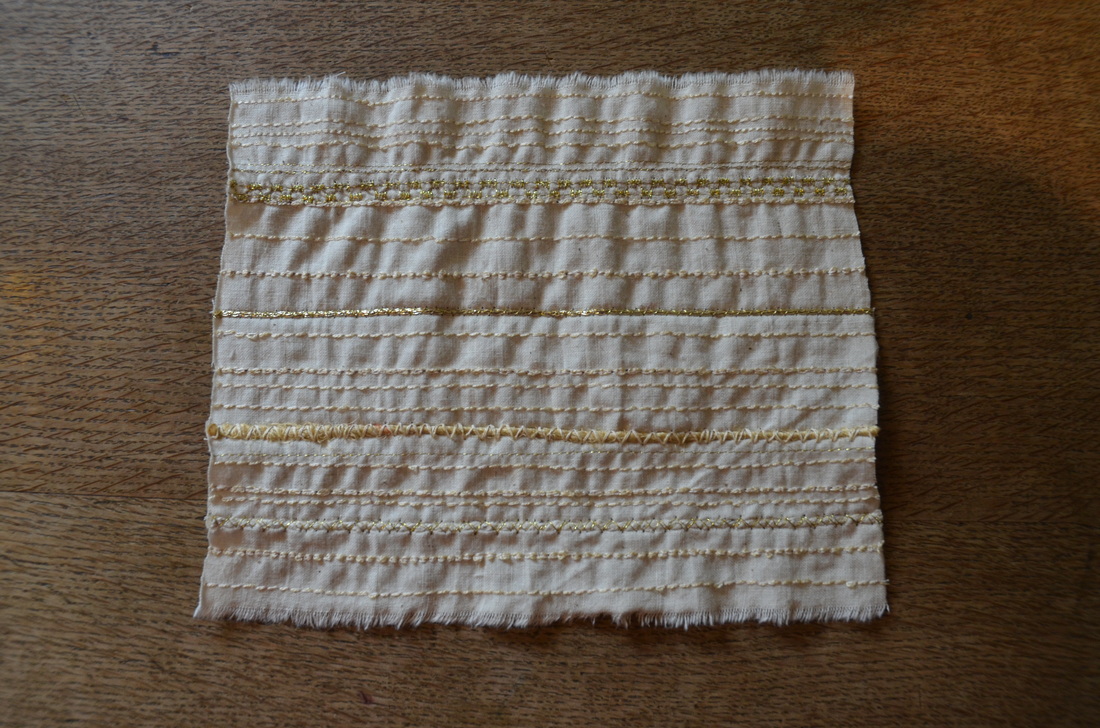



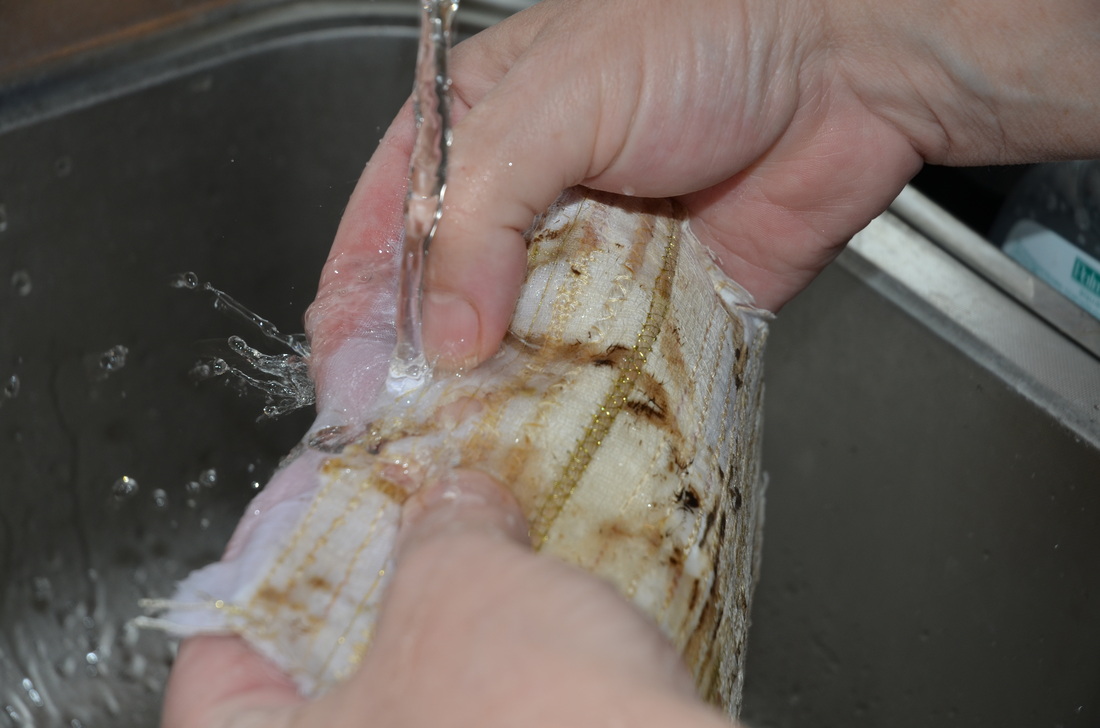



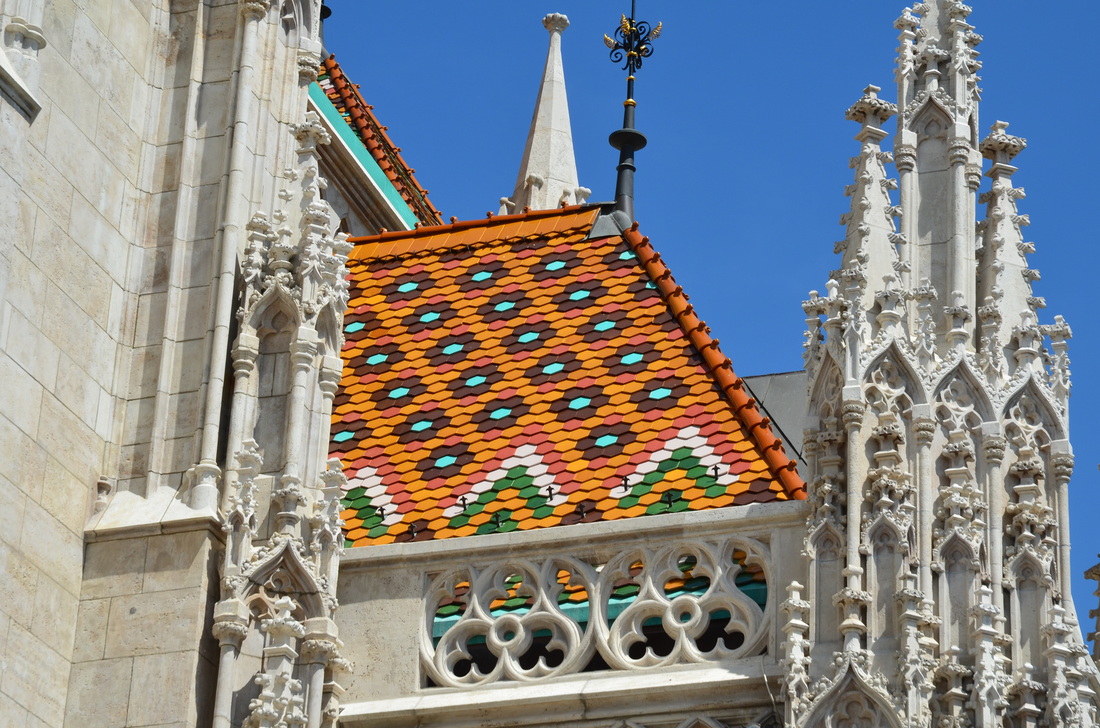





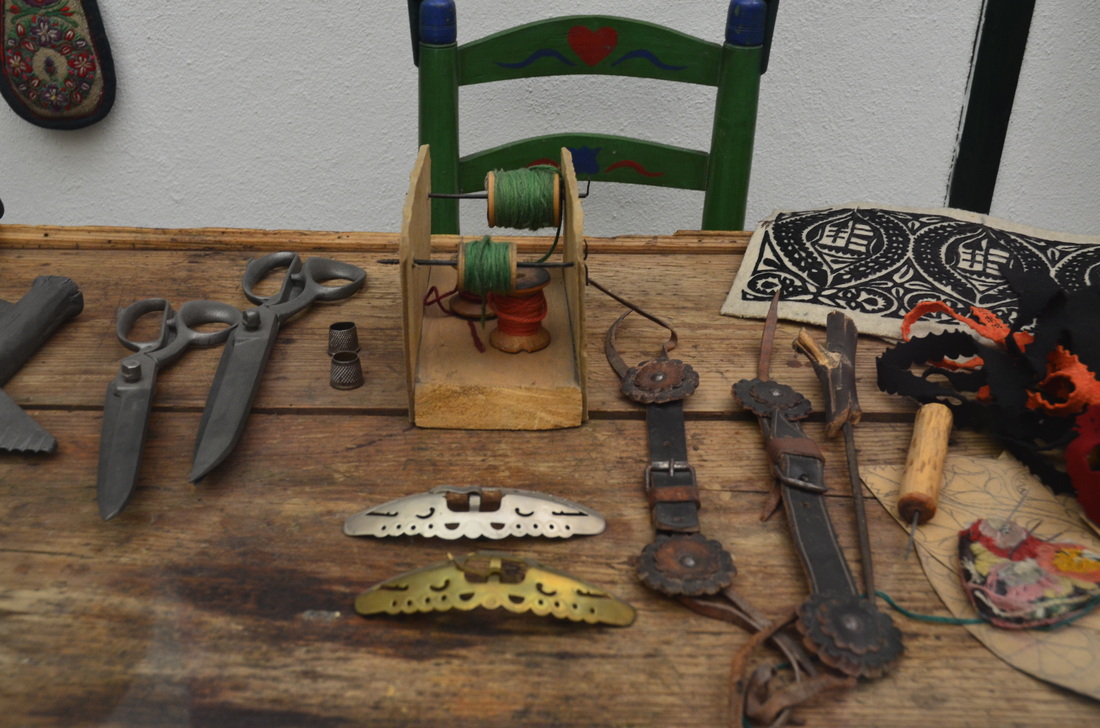





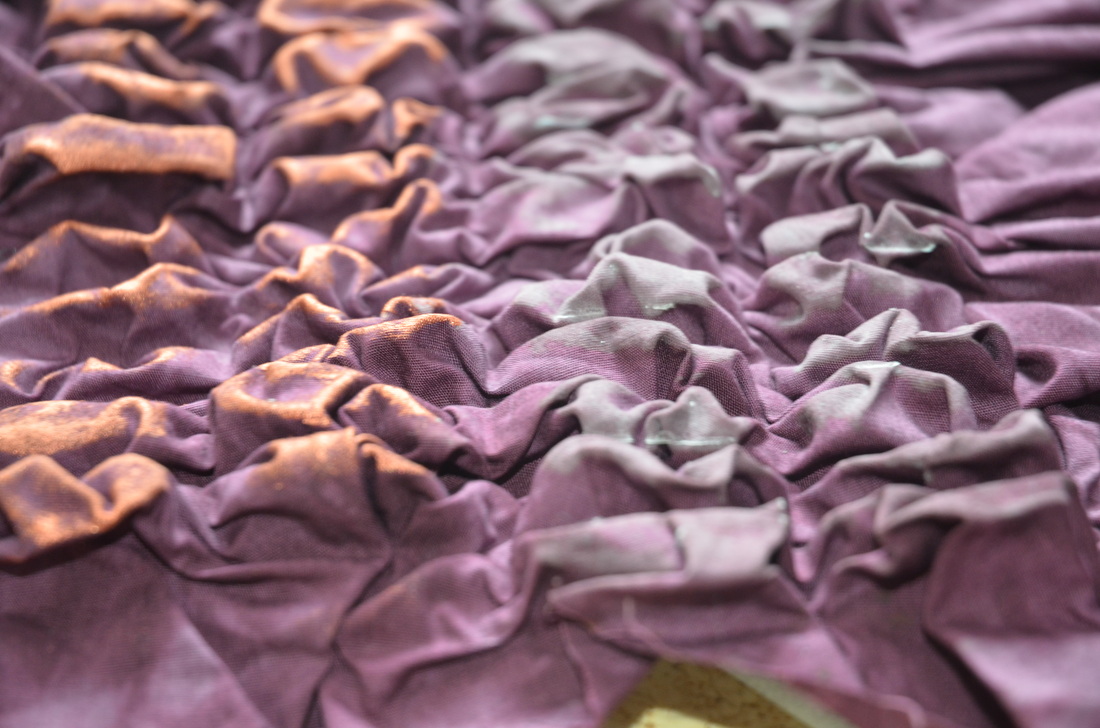















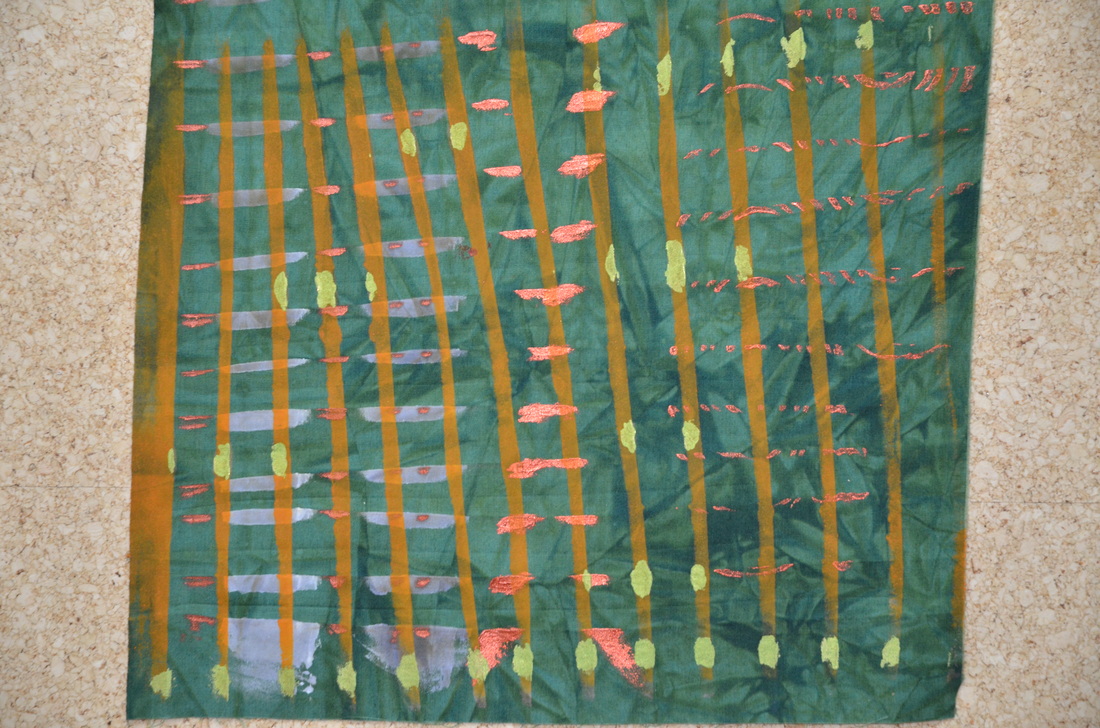
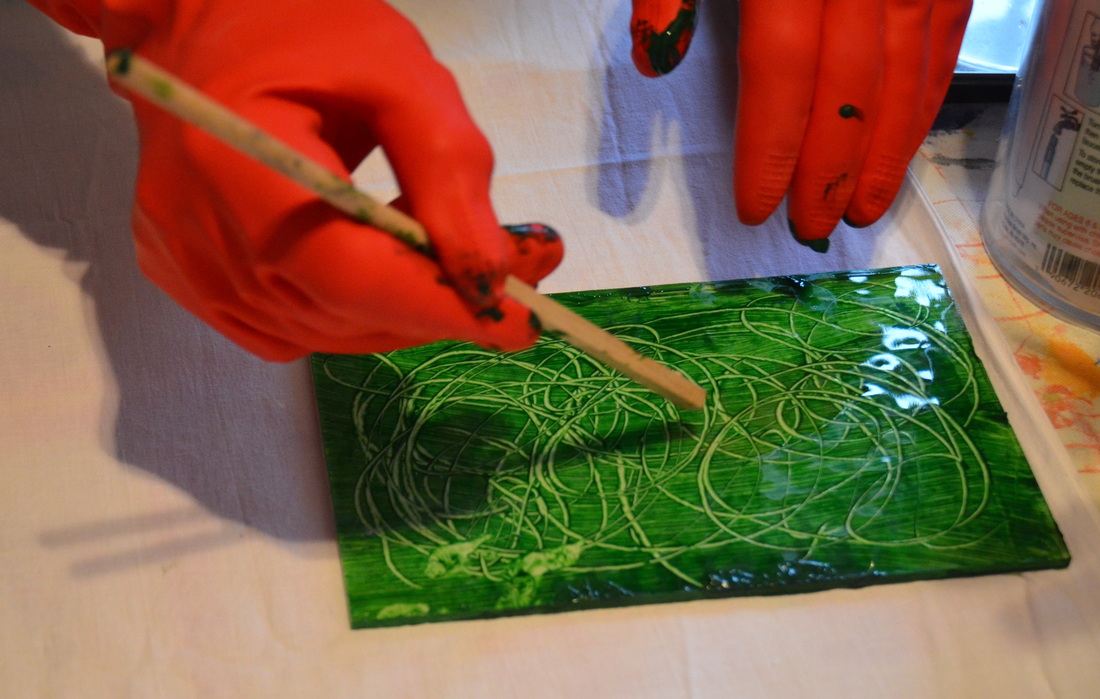
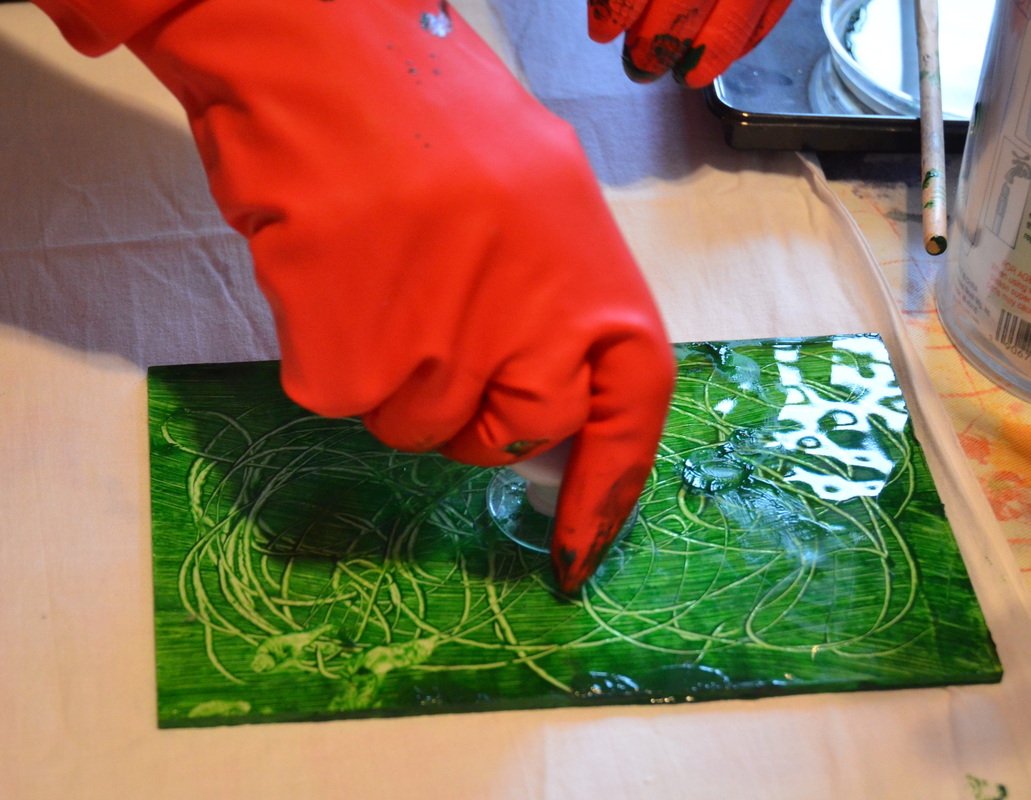

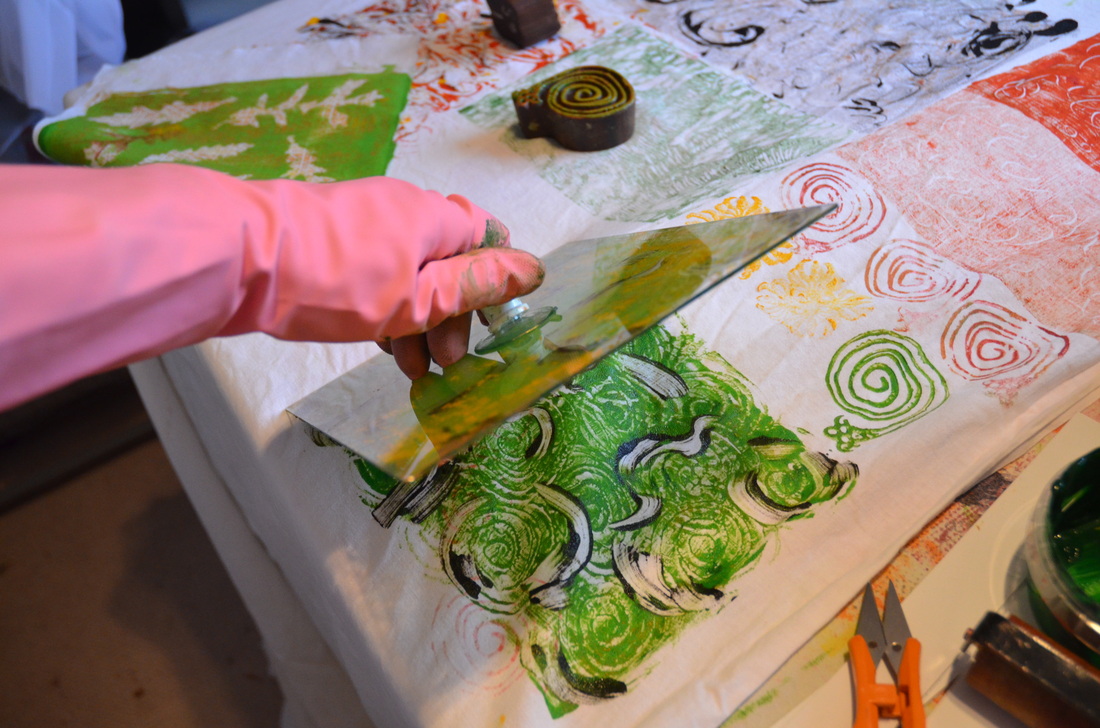







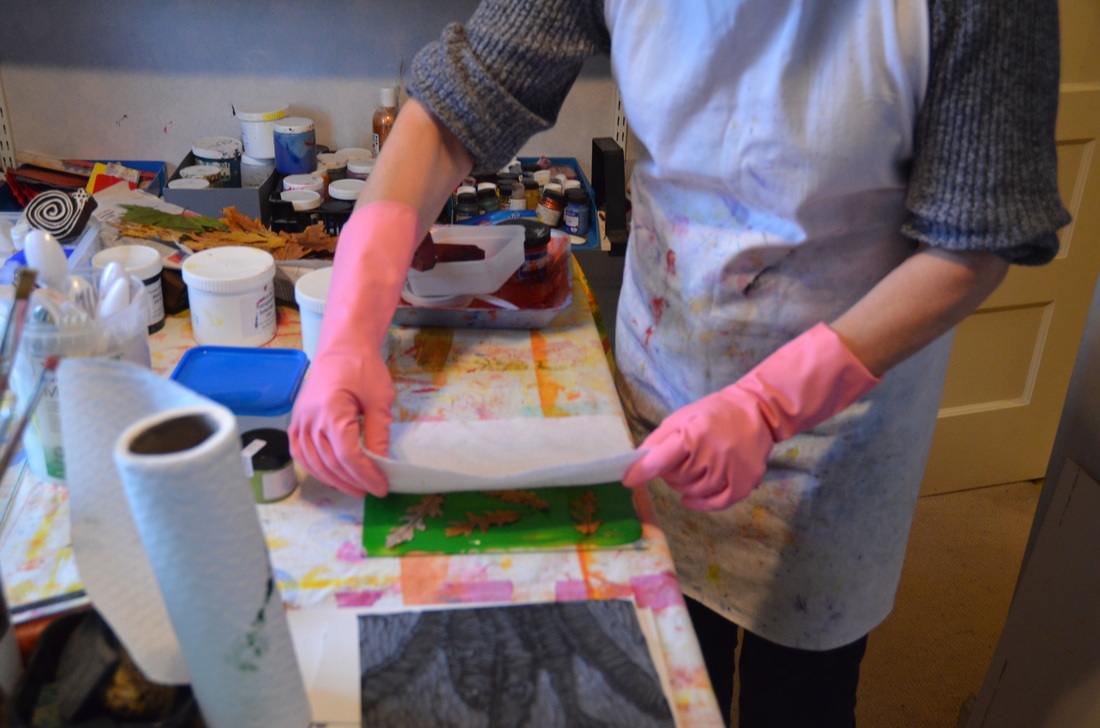






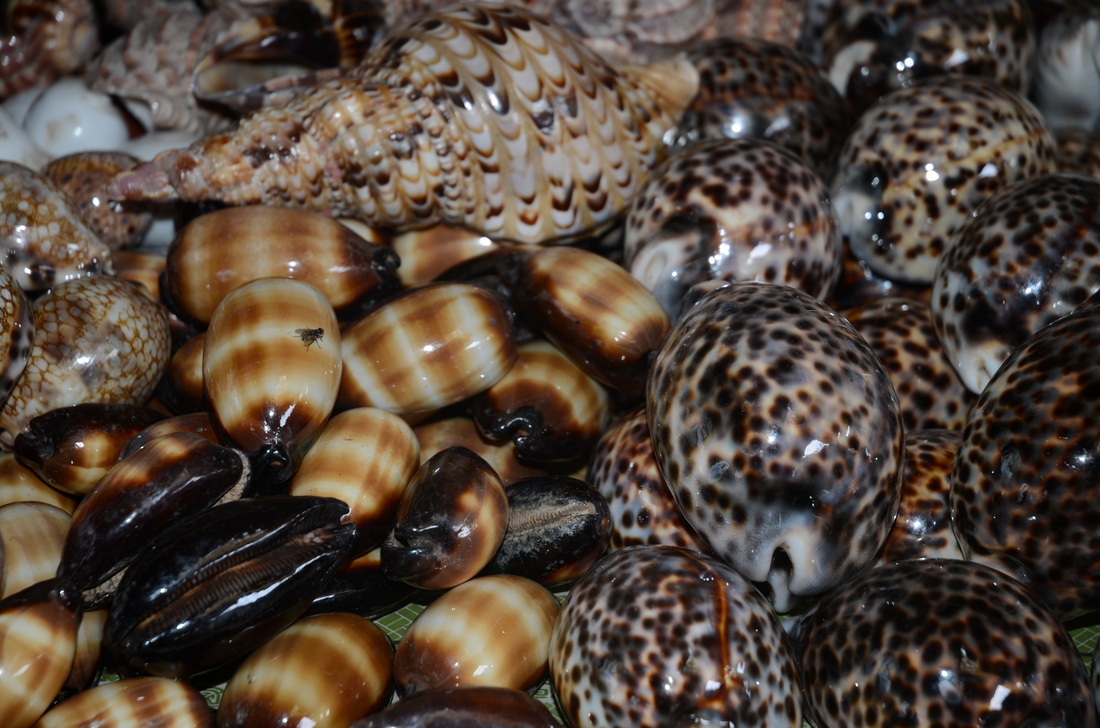





 RSS Feed
RSS Feed